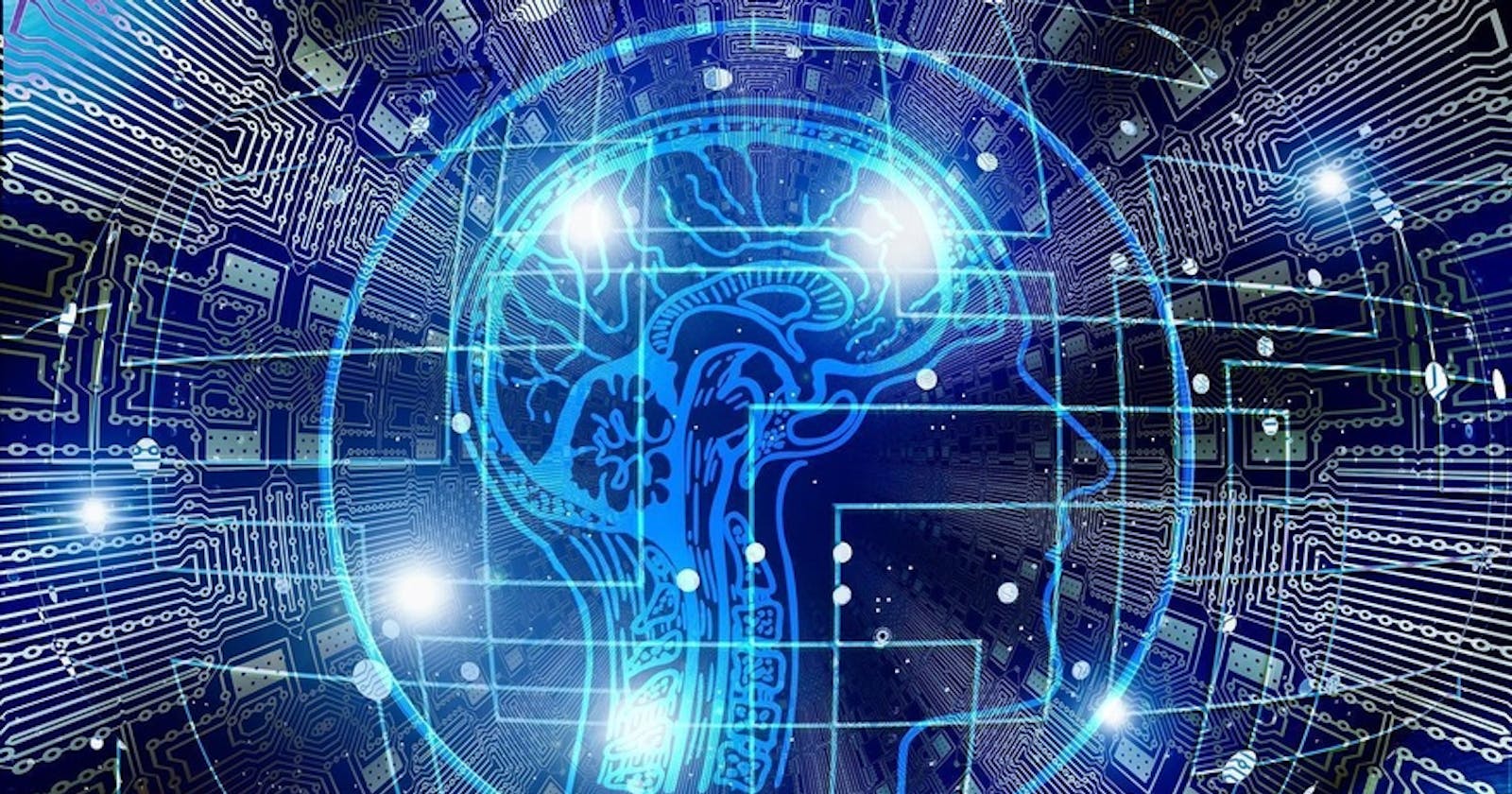Introduction
The internet has evolved significantly over the past few decades, from simple text-based pages to multimedia-rich experiences that have transformed the way we interact with technology. The next step in this evolution is the Spatial Web 3.0, a new era in which we will be able to interact with information and each other in entirely new ways. This article will explore the Spatial Web 3.0, KOSM OS, augmented reality, the arrival of AGI, and an unprecedented connected future with blockchain tech and artificial intelligence.

What is the Spatial Web 3.0?
The Spatial Web 3.0 is a term used to describe the next iteration of the internet. It will be a web that exists in a spatial environment, meaning that it will not be confined to traditional devices such as computers or smartphones. Instead, it will be a web that we interact with through augmented reality, virtual reality, and other spatial computing technologies.
The Spatial Web 3.0 will be a decentralized web, built on blockchain technology. This means that it will be more secure, and users will have greater control over their data. The decentralized nature of the Spatial Web 3.0 means that it will not be owned or controlled by any single entity, making it more resistant to censorship and manipulation.

KOSM OS
KOSM OS is an operating system designed specifically for the Spatial Web 3.0. It is a decentralized operating system, built on blockchain technology, that enables users to interact with the Spatial Web 3.0 in a seamless and intuitive way. KOSM OS is designed to be highly scalable, meaning that it can handle large amounts of data and traffic without slowing down.
One of the key features of KOSM OS is its ability to enable users to create and manage their own digital identities. This means that users will have greater control over their data and privacy. KOSM OS also includes a built-in wallet, which will allow users to store and manage their cryptocurrency and other digital assets.

Augmented Reality
Augmented reality (AR) is a technology that overlays digital information onto the real world. It enables users to interact with digital objects and information in a more immersive and intuitive way. AR technology is a key component of the Spatial Web 3.0, as it allows users to interact with the web in a spatial environment.
There are a wide range of potential applications for AR technology. For example, it could be used to create more engaging and interactive educational experiences, or to provide real-time information to workers in industries such as manufacturing or logistics. AR technology could also be used to create more immersive gaming experiences, or to enhance social media and communication platforms.

The Arrival of AGI
Artificial general intelligence (AGI) is the next step in the evolution of artificial intelligence (AI). AGI refers to machines that have human-like intelligence, with the ability to understand and learn from their environment, and to solve complex problems. The arrival of AGI is a key milestone in the development of AI, and could have profound implications for society.
AGI could be used to create more advanced and autonomous robots, with the potential to transform industries such as manufacturing, transportation, and healthcare. AGI could also be used to develop more advanced decision-making systems, with the potential to improve everything from financial markets to social welfare systems.

Blockchain Tech and Artificial Intelligence
The combination of blockchain technology and artificial intelligence is creating an unprecedented connected future. Blockchain technology provides the foundation for a decentralized web, with greater security, privacy, and control for users. Artificial intelligence enables machines to learn and adapt, with the potential to transform industries and solve complex problems.
The combination of these two technologies is already being used to create a wide range of applications. For example, blockchain technology being used to create secure and transparent supply chain systems, while AI is being used to optimize logistics and reduce waste. In the financial industry, blockchain technology is being used to create decentralized finance (DeFi) systems, while AI is being used to develop more advanced investment algorithms.
One of the key benefits of this combination of technologies is the ability to create new business models that were previously impossible. For example, blockchain technology enables the creation of decentralized marketplaces, where buyers and sellers can transact directly without the need for intermediaries. AI enables the creation of autonomous systems that can operate independently, without the need for human intervention.
However, this connected future also raises a number of challenges. One of the key concerns is the potential for these technologies to be used for nefarious purposes, such as money laundering or terrorism financing. Another concern is the potential for these technologies to exacerbate existing inequalities, as those with access to the technology will have a significant advantage over those without.

Conclusion
The Spatial Web 3.0, KOSM OS, augmented reality, the arrival of AGI, and an unprecedented connected future with blockchain tech and artificial intelligence are all part of a new era in which we will be able to interact with technology in entirely new ways. This new era has the potential to transform industries, solve complex problems, and create new business models.
However, it is also important to recognize that these technologies raise a number of challenges and concerns. As these technologies continue to evolve, it is important that we work to ensure that they are used for the benefit of society, and not just for the benefit of a select few. By working together to address these challenges, we can create a connected future that benefits us all.
References
https://www.linkedin.com/pulse/spatial-web-era-ai-part1-denise-holt/
https://www.linkedin.com/pulse/from-impossible-inevitable-agi-coming-faster-than-youthink-holt/
https://www.linkedin.com/pulse/verses-kosm-os-slashes-developer-barrier-entry-building-denise-holt/
https://www.linkedin.com/pulse/why-spatial-web-demands-new-protocol-part-1-denise-holt/
https://www.linkedin.com/pulse/why-spatial-web-demands-new-protocol-part-2-denise-holt/
https://www.linkedin.com/pulse/why-spatial-web-demands-new-protocol-part3-hsml-denise-holt/
https://www.linkedin.com/pulse/why-spatial-web-demands-new-protocol-part-4-ieee-denise-holt/
https://www.linkedin.com/pulse/www-vs-spatial-web-denise-holt/
https://www.linkedin.com/pulse/spatial-web-coming-part1-30ready-denise-holt/
https://www.linkedin.com/pulse/spatial-web-coming-part2-what-smart-technologies-denise-holt/
https://www.linkedin.com/pulse/spatial-web-coming-part-3-how-smart-technologies-function-holt/
https://www.linkedin.com/pulse/spatial-web-coming-part-4-30-take-giant-leap-denise-holt/
https://www.linkedin.com/in/deniseholt1/recent-activity/posts/

